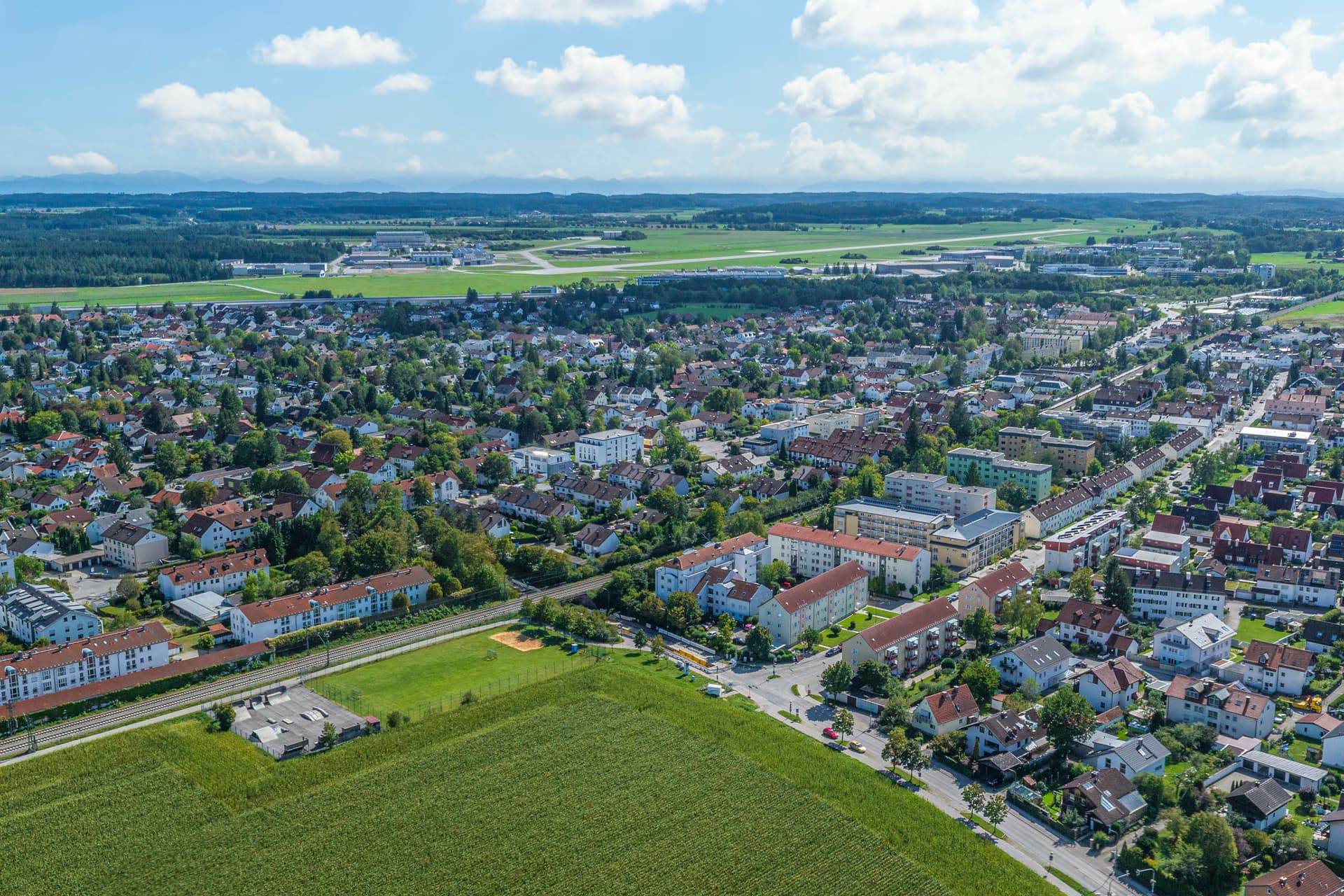Real estate on the outskirts - it doesn't always have to be in the city center

08.
February 2024
The location significantly affects the value of residential property. The more established a location, the more desirable the properties usually are, especially in metropolises like Berlin, Frankfurt, and Munich. A glance at suburban areas is worthwhile for several reasons. According to the results of the study "How We Will Live in the Future" by the Technical University of Darmstadt and the mortgage broker Baufi24, there is a decline in demand for residential properties in city centers, while digitization strengthens suburban and green areas. Consequently, only about six percent of the surveyed households can imagine living in the city center in the future. This implies that 25 percent of people currently living in city centers do not want to live there in the future. The authors of the study believe that the possibility of working and shopping digitally has reinforced this trend.
Suburban areas vs. city centers
Suburban areas offer advantages that even the best areas in the city center cannot match. Nature is close by, there is less traffic, and parking situations are generally less tense. As a look at the data from the Federal Statistical Office shows, rents in suburban areas are often significantly lower than in the city center, making the burden of housing costs particularly high in urban areas. Young families with children often discover the benefits of suburban living, where the struggle for daycare and school placements is often not as challenging as in the city center. Moreover, there is usually good public transportation connectivity, allowing commuters to reach their workplaces easily without a car.
Trend intensified by the COVID-19 pandemic
The COVID-19 pandemic has intensified this trend towards suburban areas, as many people sought more space and distance from each other due to lockdowns, homeschooling, and remote work. To investigate how much the pandemic has influenced the housing preferences of the German population, immowelt and the ifo Institute conducted a survey of 18,000 people. They found that respondents from urban areas were more willing to fundamentally change their living situations. Almost 13 percent of all respondents from German cities with more than 500,000 inhabitants stated that they intended to move within the next twelve months, often young and middle-aged individuals or households with children.
Creating new residential areas as community spaces for all residents
The significant shortage of housing is driving many people to look for homes on the outskirts of cities. To create enough housing, it will not be enough to renovate and densify existing buildings; the construction of new residential properties outside the city is inevitable. Fortunately, these are no longer haphazardly constructed, as developers consider existing residential structures and incorporate the surroundings into their plans. They typically plan new neighborhoods with community facilities and areas that create added value for old and new residents. Thus, acquiring a property in a suburban area offers good chances of appreciation, as rents are likely to rise in these areas with increasing demand.
Properties outside the city are popular
Accentro's real estate portfolio includes numerous properties in suburban areas, such as in Oschatz, Saxony, near Leipzig. The small town of Oschatz is excellent for those looking to escape the hustle and bustle of the big city. It boasts a charming city center with small shops and diverse dining options. There are ample shopping, educational, and healthcare facilities available. The O-Park, Collmberg, and Dahlener Heide offer recreational opportunities. The city's proximity to the highway provides excellent transportation connections, making Leipzig and Dresden easily accessible. Given the real estate market conditions, places like Oschatz are expected to become even more popular in the coming years, with properties in such locations gaining value.